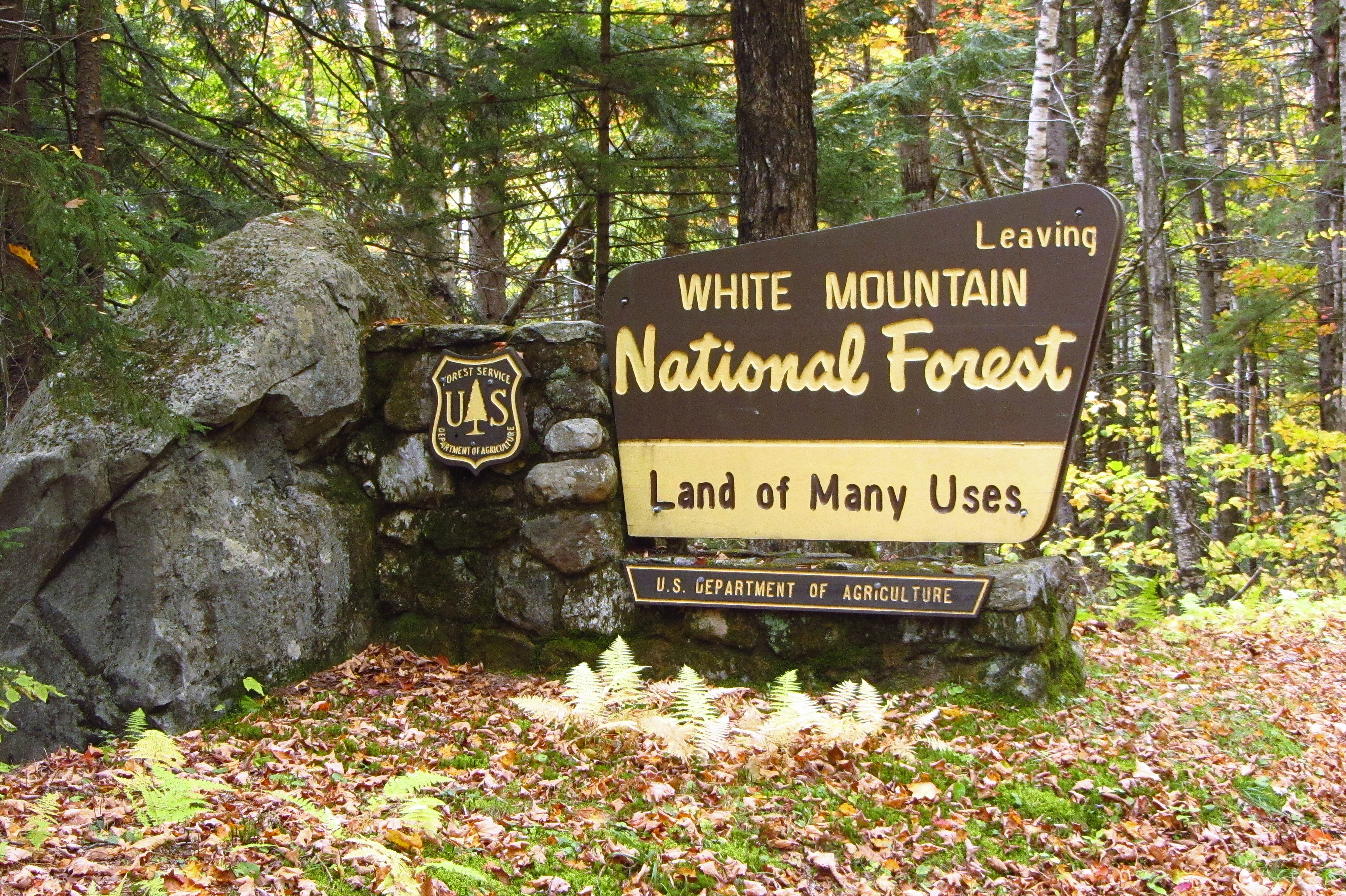This article was written for the December 2020 edition of “Hearts & Minds”, the Australian-American Fulbright Commission‘s regular magazine. The article is based on my experiences as a Fulbright scholar at The University of Washington and an article I published on Australian and USA public attitudes towards wildlife management that resulted from research during my time there.
“All animals are equal, but some animals are more equal than others.”
George Orwell
George Orwell’s famous quote might have been intended as a social commentary, but the statement is also relevant to how we manage wild animals around the world. In Australia, quolls and numbats are considered ‘more equal’ than cane toads and rabbits. In the USA, big ‘game’ has been prioritised over conservation of animals considered less useful or charismatic.

Biodiversity conservation often involves killing some animals to save others, and lethal management can be controversial. So how do we decide who deserves to stay and what actions are appropriate? Nine months’ working on wildlife management topics at The University of Washington caused me to think critically about conservation contexts and cultures in Australia and the USA.
Early on in my Fulbright fellowship, I attended a conference run by The Wildlife Society in Cleveland, Ohio. There was one stark difference between this conference and conservation conferences I’d attended in Australia – hunting. Many talks were on topics like how to get more people into hunting and how to sustainably manage animals for hunting. Indeed, the so-called “North American Model” for biodiversity conservation is grounded in hunting: sales of hunting permits fund conservation management so maintaining populations of ‘game’ animals (i.e., those favoured as targets by hunters) is a major focus of conservation management. Some consider this to be at the detriment of other species whose conservation management is underfunded, and may not reflect public priorities given that public participation in hunting is declining in the USA.

Meanwhile, in Australia, hunting is not a major leisure activity and game management plays a different (and minimal) role in conservation. Several species now regarded as pests in Australia, including foxes, rabbits, and several deer species, were introduced by European colonisers because they did not consider native Australian wildlife worthy as game. This lack of focus on hunting means that Australian conservation doesn’t have access to the comparatively large amounts of funding available in the USA, but also that Australian priorities for conservation are different.
As a geographically isolated nation, Australia’s flora and fauna are unique, with 87% of mammal species occurring nowhere else. Australia’s long isolation means that our biodiversity is not well-equipped to respond to introduction of new species, and introduced species like feral cats, foxes, rabbits, and deer are considered one of the biggest threats to Australian biodiversity. This means that controlling introduced species is a major focus of conservation management in Australia.
A large component of this management occurs through distribution of poison baits, typically laced with sodium fluoroacetate or ‘1080’. Australia and New Zealand are the largest consumers of 1080, which is primarily used to control introduced mammals. Despite its widespread use on agricultural and conservation land in these countries, poison baiting is a highly controversial tool elsewhere and has been largely banned from use in wildlife management in the USA since the early 1970s, in response to public backlash.

Since European colonisation, our nations’ different biological contexts have caused our wildlife management practices and cultures to evolve differently and these differences are reflected in public attitudes. With collaborators at The Ohio State University, I conducted a study that compared Australian and USA public attitudes towards wildlife and pest management, finding that Australians are generally more supportive of using lethal wildlife control, especially techniques like poison baiting. Some researchers consider Australians to be ‘eco-nationalist’ in their preference for native species, meaning that a species being ‘non-native’ is generally considered justification for lethal control.
However, we also found that identifying with a social identity group (like farmers and ranchers or animal rights activists) was more important than whether someone was Australian or American in predicting attitudes towards management. If social groups that are concerned about wildlife management issues transcend national boundaries, public attitudes toward management may be shaped more by global narratives than by local contexts. Public backlash can derail management programs, so global narratives can shape conservation outcomes.
My time in the USA helped me to understand how Australia’s conservation cultures and practices evolved and think critically about the ethics of decisions made in killing for conservation. It seems fitting that a major outcome of my Fulbright scholarship was discovering that societies’ views on the controversial wildlife management that is the focus of my research are shaped more by our shared understanding and values than differences in nationality.

Leave a comment